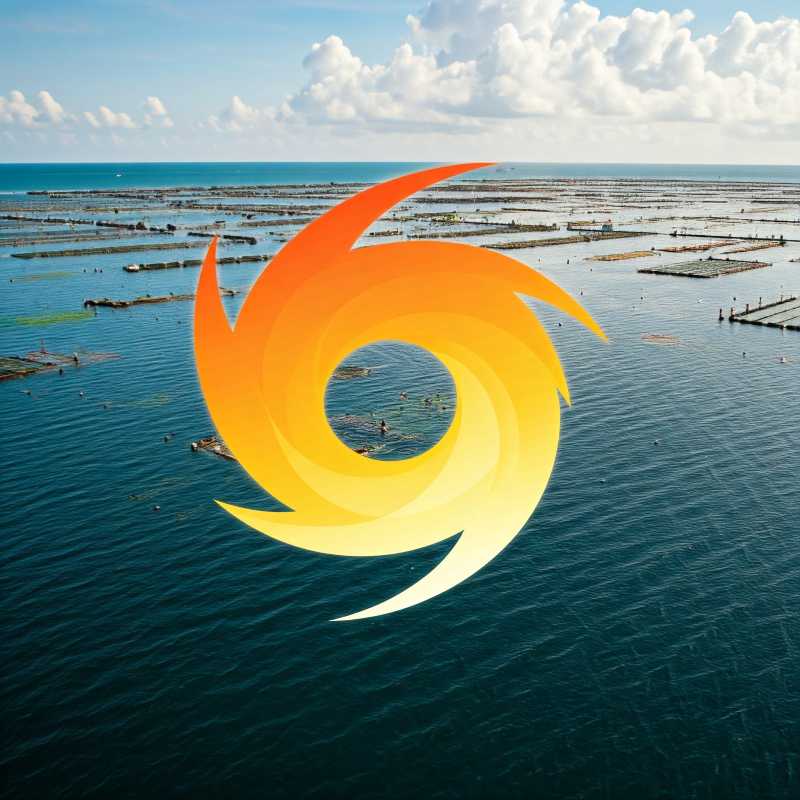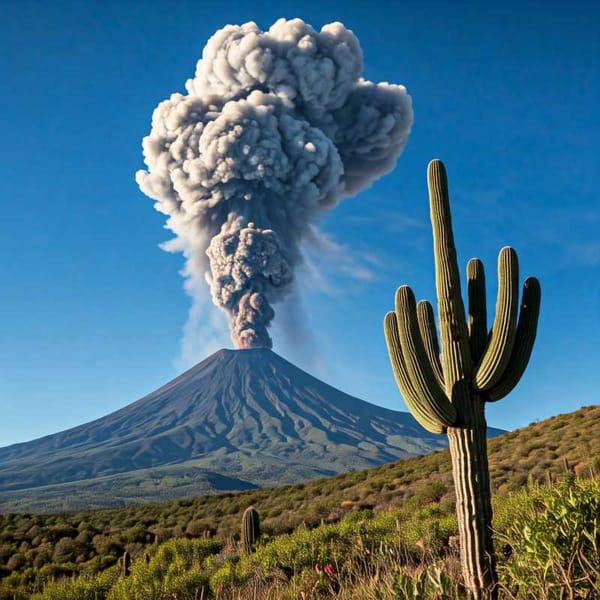Mexican Mangrove Forests See Significant Decline, Study Finds
A study in Plos One reveals a 1,817-hectare mangrove loss in northwest Mexico (2015-2020). Researchers used Google Earth Engine to analyze satellite imagery, finding losses concentrated in Sinaloa due to aquaculture and Hurricane Willa, while Baja California saw minimal change.

A recent study published in the journal Plos One reveals a significant decline in mangrove coverage across northwest Mexico between 2015 and 2020. Researchers from the Institute of Marine Sciences and Limnology (ICMyL) of the UNAM and the National Commission for the Knowledge and Use of Biodiversity (Conabio) utilized Google Earth Engine to analyze satellite imagery, finding a net loss of approximately 1,817 hectares of mangrove forest.
This research, conducted by a team including Francisco Flores de Santiago and Francisco Javier Flores Verdugo of ICMyL, along with colleagues from Conabio, examined mangrove ecosystems in Baja California, Baja California Sur, Sonora, Sinaloa, and Nayarit. The study leveraged files generated by the European Space Agency’s Sentinel II team, which provides updated imagery every five days. This high-frequency data, combined with Google Earth Engine’s processing capabilities, allowed for a detailed analysis of mangrove distribution.




